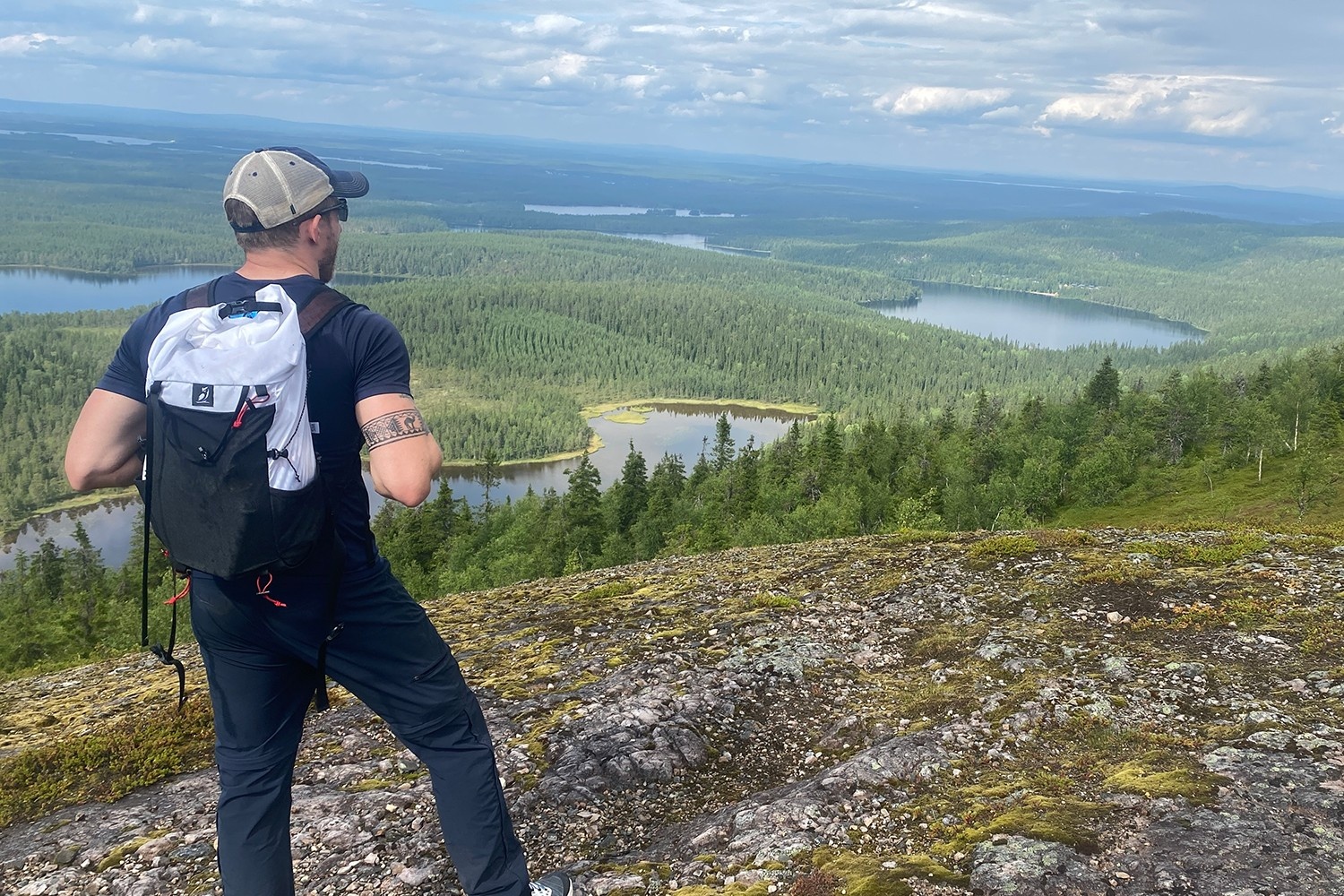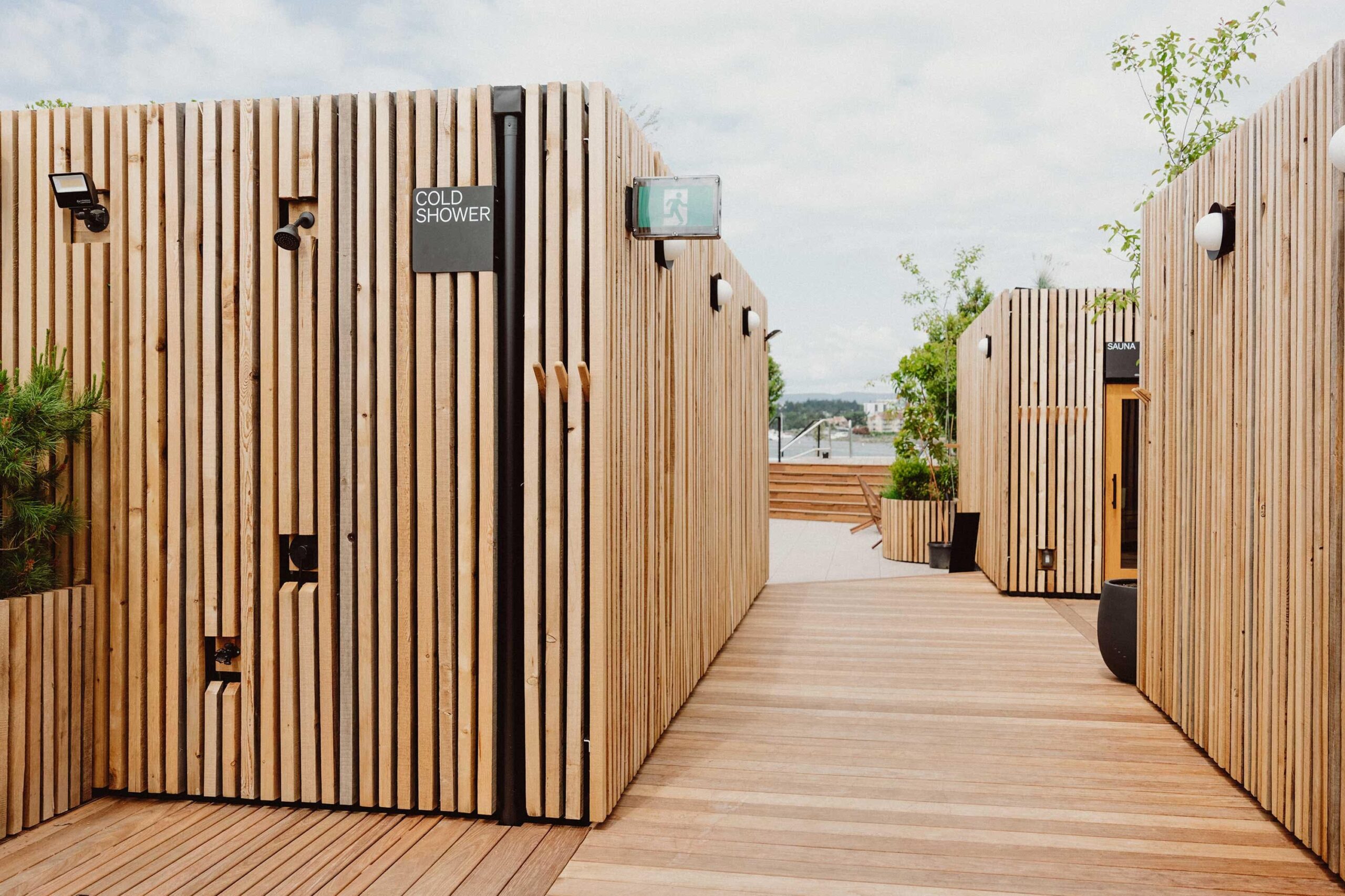North Stars:

Diversity & Inclusion

Community Support

Heritage Value
“What you need for the aging brain is companionship, friendships, things to think about.“
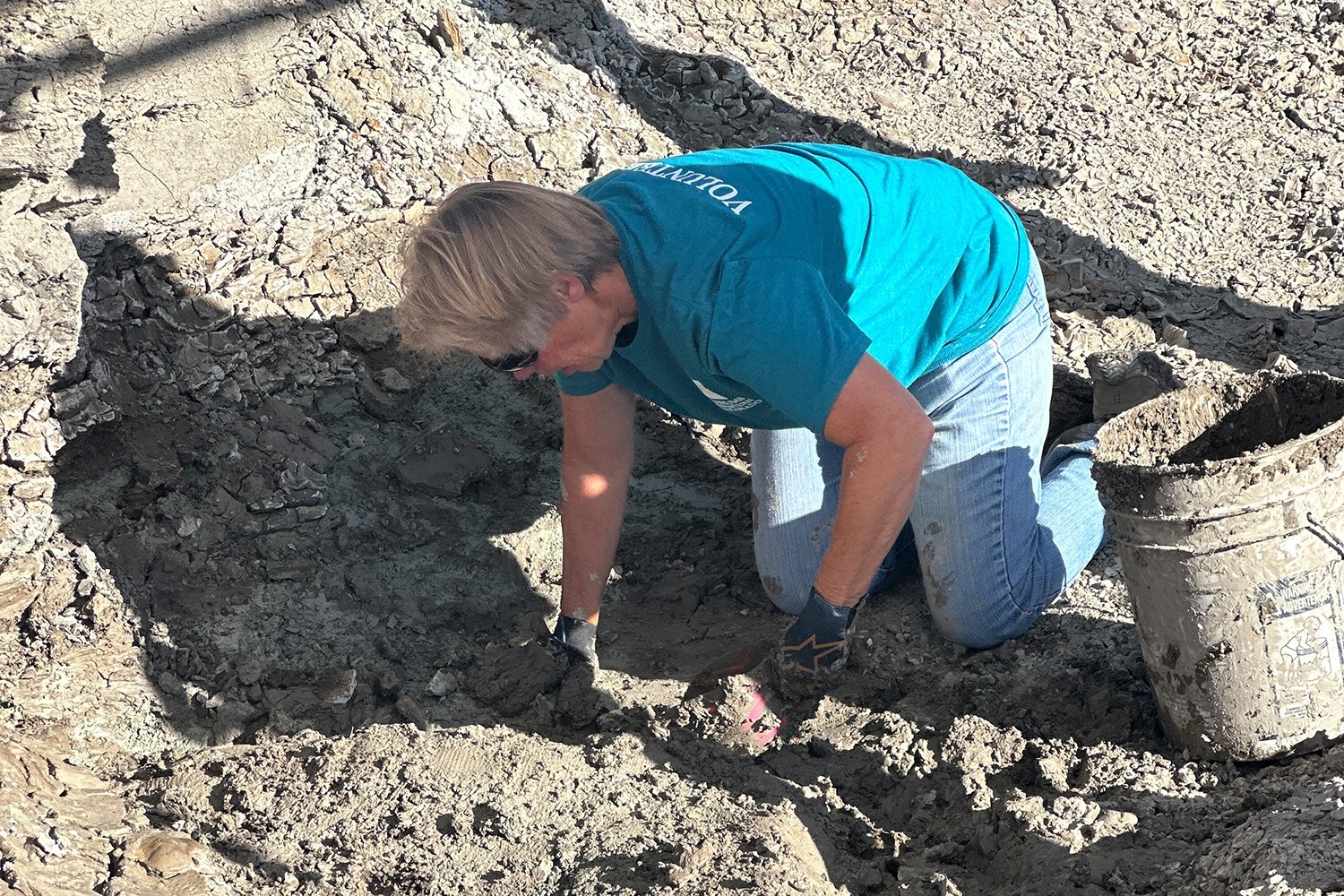
A volunteer works at excavating. Courtesy of Heide Brandes.
The tarp provides some shelter from the western Colorado sun already climbing the morning sky. Dorothy Pearce crouches in the dirt, brush in one weathered hand, dental pick in the other, working methodically at the dirt surrounding what might be bone. It might be rock, too.
After three decades of this work, she knows better than to get excited too early. The heat radiates up from the ancient Morrison Formation beneath her knees, and sweat traces clean lines through the dust on her face. She is 83 years old, and this is exactly where she wants to be.
Beside her, Kay Fredette shifts her weight and reaches for a different tool. She has been doing this for 38 years now, longer than many careers last. The two women work in companionable silence, the kind that comes from years of shared purpose. Around them, other volunteers move through the quarry with the practiced efficiency of people who know their work matters.
Most of them are over 60. Many are over 70. And without them, American paleontology would grind to a halt.
This is not a romantic exaggeration. This is simple arithmetic. The Museums of Western Colorado operates three institutions – Dinosaur Journey in Fruita, the Museum of the West in downtown Grand Junction, and Cross Orchards Historic Site – with a paid staff of 20 people. They rely on nearly 100 volunteers to keep the doors open, to run the programs, and to do the actual science. The vast majority of those volunteers are retired.
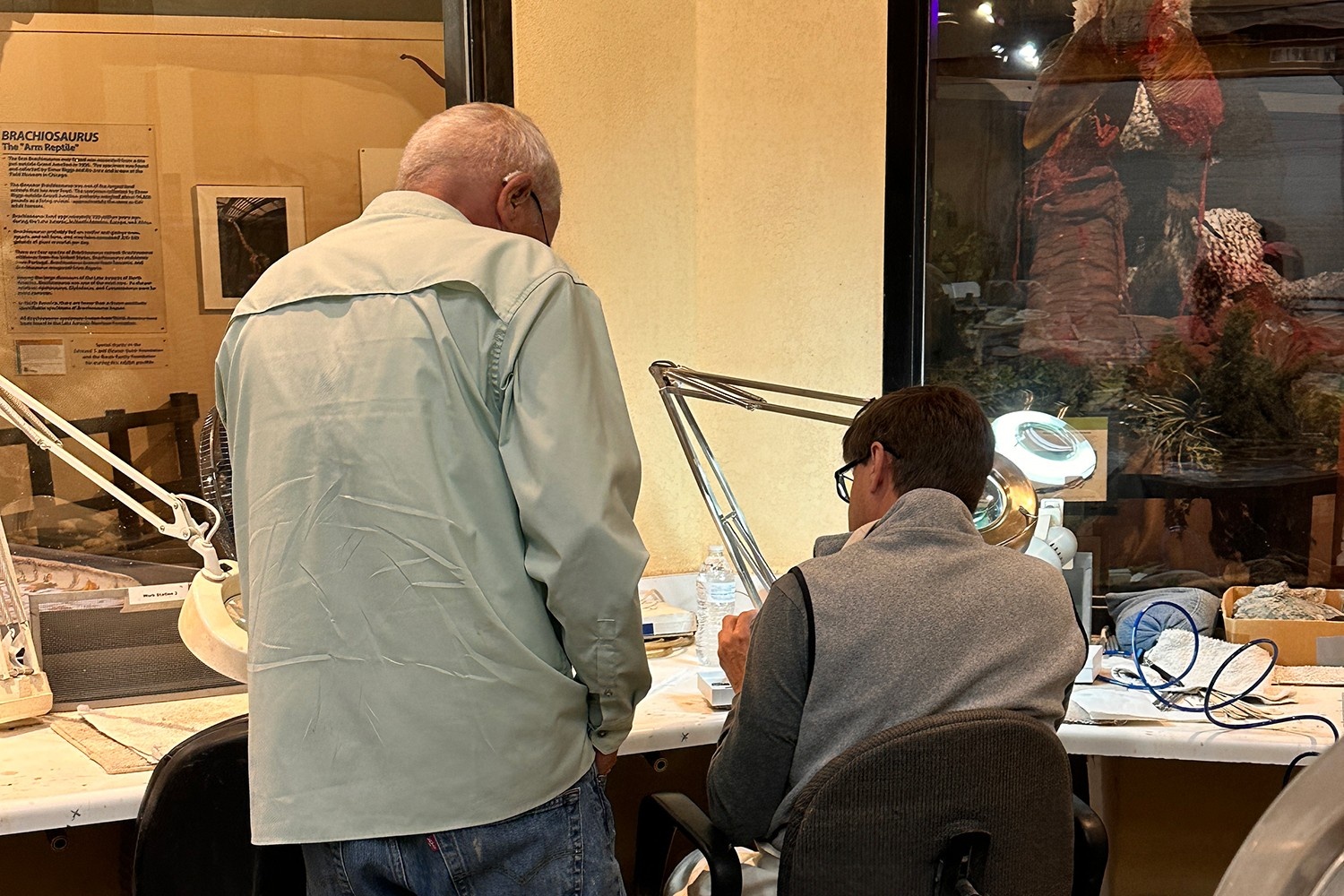
Analyzing finds. Courtesy of Heide Brandes.
More Than Just Another Day
What draws retirees to spend their days doing backbreaking work in desert heat or hunched over laboratory tables with dental picks? The answer lies in what retirement often strips away.
Research from the Health and Retirement Study, a nationally representative sample of older adults, found that volunteering at least 100 hours per year was associated with reduced mortality risk, higher levels of physical activity, and an increased sense of purpose in life. The same study found volunteers had 29 percent less likelihood of reporting a lack of contact with friends.
“I see the same folks out here every week, and we are all friends,” Dorothy says.
Dorothy was one of the volunteers who found the massive sauropod femur now on display at Dinosaur Journey. She and the team spent four years excavating it, then three more years cleaning it in the lab. A military veteran, born and raised in Grand Junction, she retired in 1989. She found her calling not just in the dig site, but at the lab at Dinosaur Journey as well.
“The lab work is very tedious,” she warns. “If you like jigsaw puzzles, that describes what goes on in the lab. A lot of people don’t like jigsaw puzzles. They don’t have the patience. And you’ve got to be very patient with the bone. It’s very unforgiving.”
Kay moved to Grand Junction from Southern California after her husband retired. She had been a dental assistant, then a stay-at-home mother. She had done Toastmasters for years, learning parliamentary procedure and public speaking, but she wanted something more active.

Digging for dinosaurs. Courtesy of Heide Brandes.
“I said, I’m gonna go volunteer at the museum,” Kay remembers. “And they said, ‘Well, we’ve got a spot in the lab. Would you like to try?’ And I was hooked.”
The work provides what researchers identify as critical components of healthy aging. According to the Centers for Disease Control and Prevention, regular physical activity in older adults reduces the risk of developing dementia and depression, lowers blood pressure, improves bone health, and reduces fall risk.
The physical demands of paleontology fieldwork, from hauling buckets and wheelbarrows to kneeling and standing, keep volunteers active in ways that translate to better overall health.
But the mental health benefits may be even more profound. A 2025 study found that depression rates were double among seniors who did not volunteer compared to those who did, 8 percent versus 4 percent. Research published in Scientific Reports documented that volunteering provides older adults with an increased sense of purpose, better cognitive function, and reduced loneliness.
“You can’t sit around the house and twiddle your thumbs,” Kay says. “I love to read, and I do read all the time, but you know, that’s at night after the dishes are done. This is physically active, socially active. These are friends. What you need for the aging brain is companionship, friendships, things to think about.”

Retirees unearth rare finds. Courtesy of Heide Brandes.
Unearthing Purpose
At the Museums of Western Colorado’s three sites, retirees do everything from excavating 150-million-year-old fossils to preserving Indigenous artifacts to maintaining apple orchards and railroad exhibits. It’s grueling, tedious work that requires patience, physical stamina, and an attention to detail that younger volunteers often can’t sustain. Tourists can also join in the digs, but often, the retired volunteers are the ones really running the show.
“We couldn’t exist without our volunteers,” says Mollie Shepardson, the organization’s Director of Development and Communications. “We’re a team of just about 20 people between all three sites, and as a nonprofit organization, we couldn’t keep our doors open or offer the programming that we do without the help of our volunteers.”
Along with the Museums of Western Colorado, similar programs exist across the country. At Montana’s Badlands Dinosaur Museum, field crews in 2019 and 2020 were mostly staffed by volunteers older than college age, including retirees. The American Museum of Natural History’s Division of Paleontology depends on dedicated volunteers who began volunteering immediately after retirement.
Digging Up the Benefits of Decades
American society struggles with aging. It tends to overlook the accumulated wisdom, the available time, and the desire to contribute that defines so many people in their 60s and 70s, and 80s. Retirement is often framed as withdrawal, as winding down, or as an ending.
When Kay and Dorothy found that femur together, when they realized what they had uncovered, they were contributing to scientific knowledge in a tangible, permanent way.
That bone tells a story. Their names are attached to that story now, and they have made discoveries that will outlast their own lives.
The Museums of Western Colorado and institutions like it across the country have discovered what happens when they give older adults meaningful work. They show up. They commit. They excel. They become not just volunteers but the essential workforce on which entire organizations depend.
Dorothy will be back in the quarry next summer, with Kay beside her. Under that frayed tarp, women and men in their 60s, 70s, and 80s keep digging, proving that retirement can mark a beginning rather than an ending.
If You’re Interested
For any enterprising retirees looking to get their hands in the dirt, visit the Museums of Western Colorado site to learn more about volunteering. Other museums throughout the states, from the American Museum of Natural History to the Florida Museum, also seek volunteers for fieldwork and dig sessions. To find opportunities in your area, search for local museums and scientific institutions for more information.
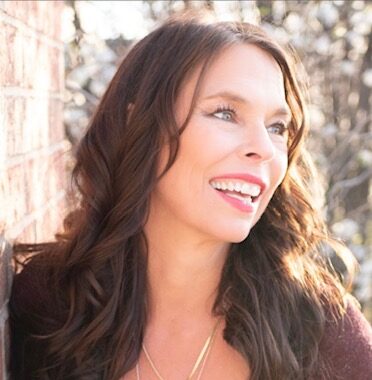
Heide Brandes is an award-winning journalist whose’ work appeared in National Geographic Traveler, The Wall Street Journal, The Smithsonian, Cowboys & Indians, Southern Living, Fodors, BBC Travel, ROVA, Outdoor x 4 Magazine and The Washington Post, and others. When not traveling and writing, Heide is an avid hiker, a medieval recreation enthusiast, a professional belly dancer and kind of a quirky chick from Oklahoma. Follow Heide on IG @heidewrite.
North Stars: Community Support, Diversity and Inclusion, Heritage Value



